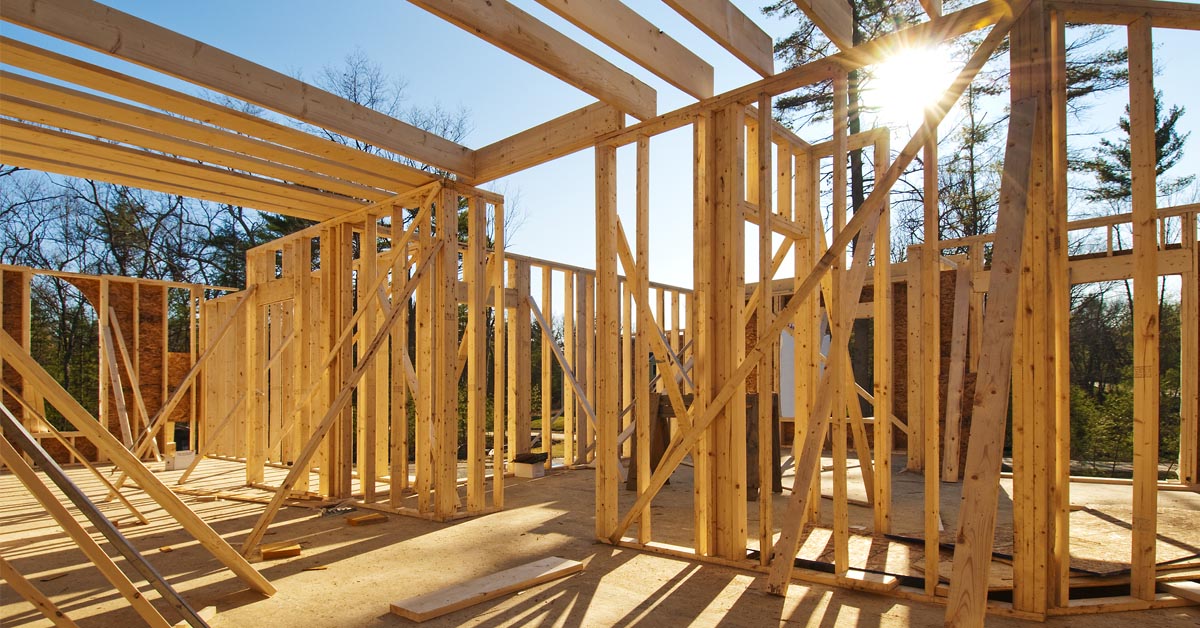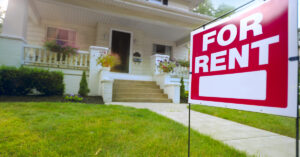Housing construction saw a sharp decline in August as both single-family and multifamily starts plummeted, according to new data from the U.S. Census Bureau and the U.S. Department of Housing and Urban Development.
Total housing starts fell 11.3% month over month and 14.8% year over year to a seasonally adjusted annual rate of 1.28 million units. That fell far short of the 1.44-million-unit pace predicted by economists polled by Reuters. Last month’s pace also marked the lowest level of starts recorded since June 2020.
The plunge was broad-based, with single-family starts backtracking 4.3% and multifamily starts sinking a stunning 26.3% on a monthly basis. Multifamily construction is notoriously volatile, but the headline figure is nonetheless jarring as the annualized multifamily building pace of 342,000 units was down 41.6% year over year.
The single-family slowdown to an annualized pace of 941,000 units was still up 2.4% on a yearly basis, reflecting in large part the proactivity of homebuilders that have been swift to offer discounts and other incentives to entice house hunters to buy new. Still, with mortgage rates recently on the rise and home prices continuing to grow, major headwinds loom large for residential construction.
The housing market index maintained by Wells Fargo and the National Association of Homebuilders (NAHB), which tracks builder confidence in the new single-family home market, shed five points in September to fall below the break-even level of 50 for the first time in five months. Index readings below 50 indicate that more builders view conditions as poor rather than good.
Low existing home inventory, which has recently helped to steer prospective buyers pushed out of the resale pool toward new homes, has begun to adversely affect new home sales, according to NAHB chairman Alicia Huey. The shortage of resale inventory has been a key driver of ballooning home prices, discouraging buyers while impacting new home prices as well.
“High mortgage rates above 7% combined with low resale inventory and higher home prices are slowing housing production, as many first-time homebuyers and younger households are struggling to purchase an affordable home,” Huey said. “With high mortgage rates sending buyers to the sidelines, and a nationwide shortage of 1.5 million units, we need to increase the housing supply to get this market back into balance to meet the pent-up demand for when market conditions improve.”
“Despite higher demand for new construction stemming from a lack of resale inventory, homebuilders are feeling pessimistic about the housing market because of elevated mortgage rates hovering above 7%,” said Danushka Nanayakkara-Skillington, NAHB’s assistant vice president for forecasting and analysis. “Unfortunately, we expect mortgage rates to remain at higher levels as the Federal Reserve is likely to increase rates one more time later this quarter.”
The pullback in starts makes for an interesting contrast with the increase in permitted starts, as total permits in August were up 6.9% from July. Permitting figures will be worth keeping an eye on to gauge how builders project market conditions moving forward. A robust buyer pool seems sustainable given the richness of pent-up demand, but recent upticks in borrowing costs will be a big test of how confident builders feel about continuing to use incentives to sell new deliveries.






